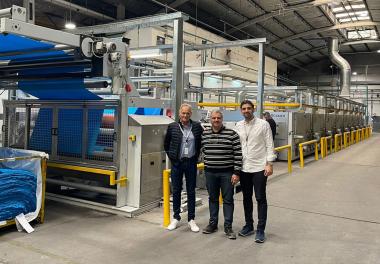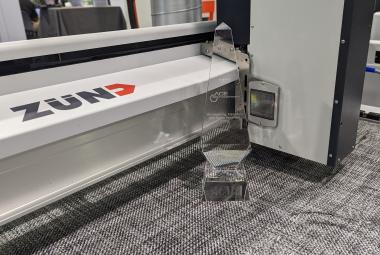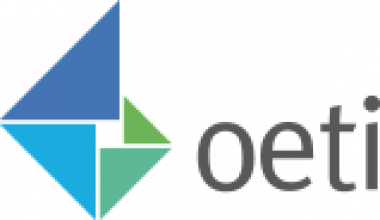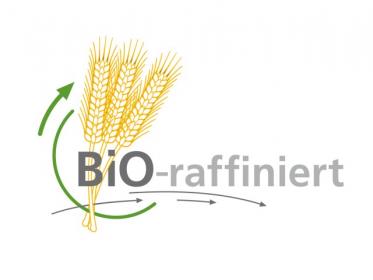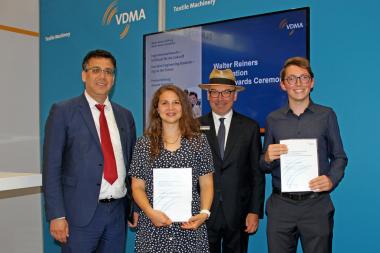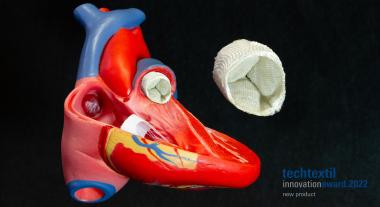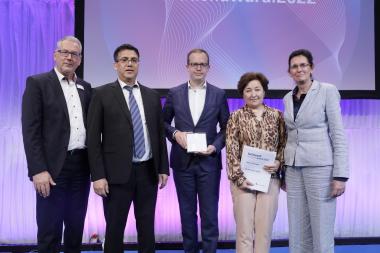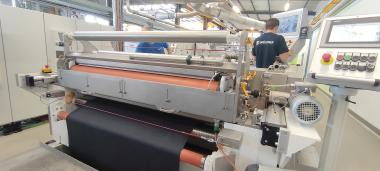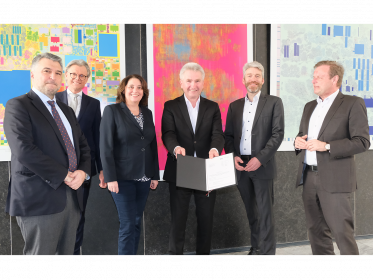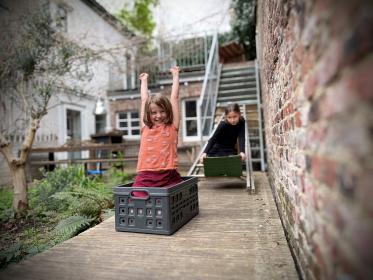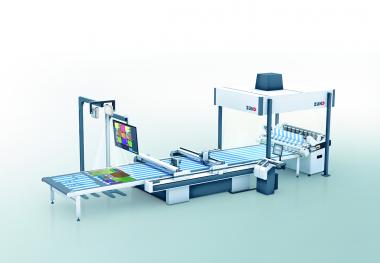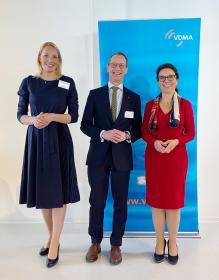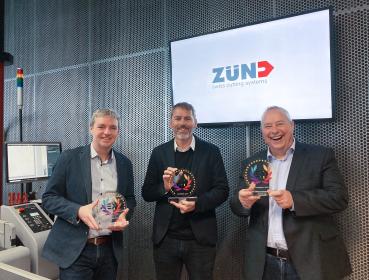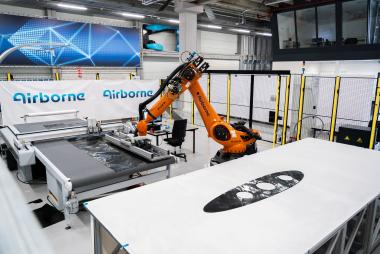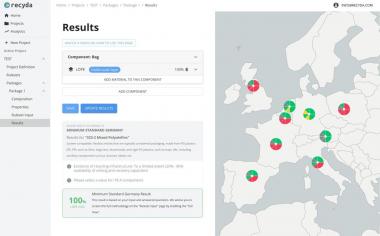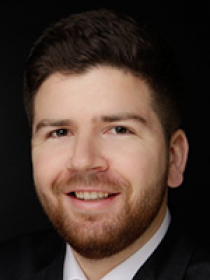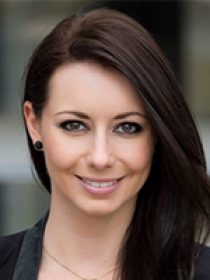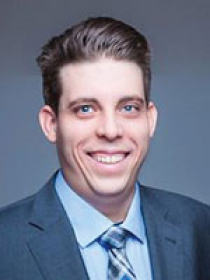TEXCOM started up BRÜCKNER POWER-FRAME stenters
TEXCOM has recently started up two new BRÜCKNER POWER-FRAME stenters for knitted fabric with eight compartments and lubrication-free vertical chain and direct gas heating. This is already the 5th BRÜCKNER line purchased by TEXCOM and the successful continuation of the cooperation with BRÜCKNER since 1979. The third member of this successful alliance is the commercial agency, MAPEKO, which has been active for BRÜCKNER for several decades and in the 3rd generation.
With 3 production plants, a commercial office and 6 sales stores distributed around the country, TEXCOM manufactures and distributes knitted fabrics for a highly demanded market, where sports, technical, fashion and workwear fabrics stand out. The company's own developments, such as Twintex, Polisap, Neodry, Sense, Texcom antibacterial, among other brands, are perfect for sports and leisure due to their technical attributes. The company attaches great importance to the fact that all processed materials have the appropriate current environmental certificate (Öko Tex Standard 100, BlueSign and ZDHC)and efficient as well as responsible chemicals are used.
With more than 100 circular knitting machines and a wide range of possibilities for rotary printing, sublimation, lamination as well as special finishes such as antibacterial or hydrophilic, TEXCOM produces premium sports and leisure wear. This includes the official jersey of Argentina's national soccer team.


